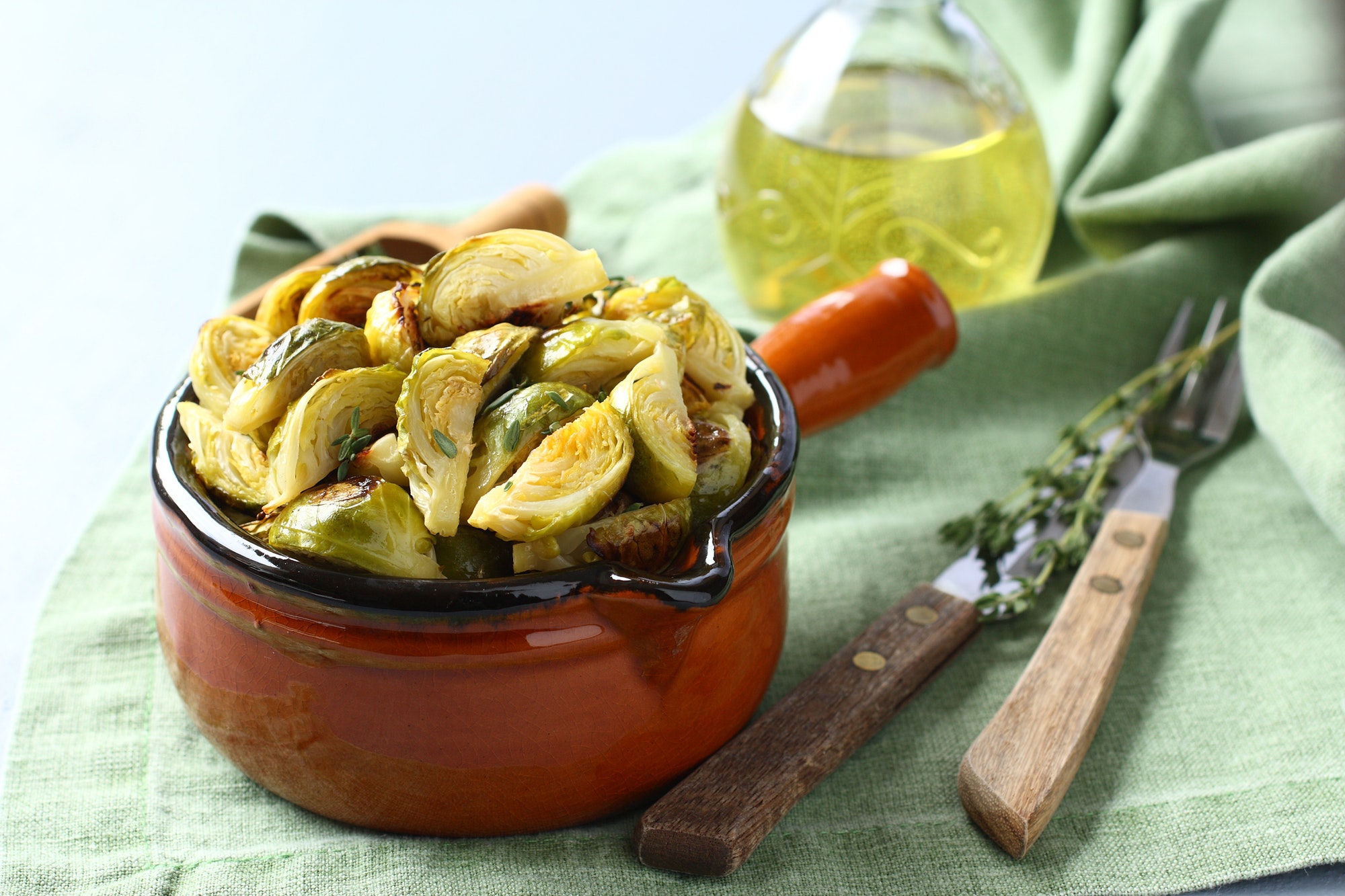#WineWedneday: It’s all in the taste.
We all know the basic flavors we can taste: sweet, salty, sour, bitter, and umami. Yet, the long lasting impression that wine leaves in your mouth is far more complex.
 When you drink or taste wine, your taste buds and your sense of smell are involved, adding to how you interpret wine overall. So the flavors, aromas, and sensations all add to the experience.
When you drink or taste wine, your taste buds and your sense of smell are involved, adding to how you interpret wine overall. So the flavors, aromas, and sensations all add to the experience.
Let’s review some basics you should look for when taking that first sip.
Sweetness
Sweetness is something that wines are well known for. With most types of wine, grapes are responsible for the sweet taste. Grapes contain a lot of sugar, which breaks the yeast down into alcohol. The grapes and yeast used to produce the wine will leave behind various sweetness levels, which your tongue will be able to detect quickly.
Alcohol
Alcohol is also present in wine, although your tongue doesn’t really know how to decipher the taste of alcohol. Even though the tongue doesn’t really taste the alcohol, the alcohol is present in the mouth. The alcohol found in wine will dilate blood vessels and intensify all of the other flavors found in the wine. After you have sampled a few types of wine, the alcohol level can easily affect your taste buds, making it hard to distinguish other drinks that you may have. (That’s why it’s common to have the best wine at an event offered first because lesser-quality wines can be served later without much notice!)
Acidity
Another flavor is acidity, which affects the sugars. With the proper balance of acidity, the overall flavor of wine can be very overwhelming. Although acidity is great with wine, too much of it will leave a very sharp taste. With the right levels, acidity will bring the grape and fruits’ flavors alive in your mouth – providing you with the perfect taste.
Tannins
Yet another thing that affects the flavor of a wine is tannins. Tannins are the proteins found in the skins of grapes and other fruits. If a wine has the right amount of tannins, it will give your tongue a great feel and bring in the other flavors’ sensations. Once a wine starts to age, the tannins will begin to breakdown in the bottle, giving you a softer feel to the taste.
Although other flavors are involved with the taste of wine, they aren’t as present as the ones identified above. To start a wine tasting journey, you’ll need to get more familiar with these to start. This way – you will know more about what you are tasting, and you’ll truly be able to appreciate wine.






